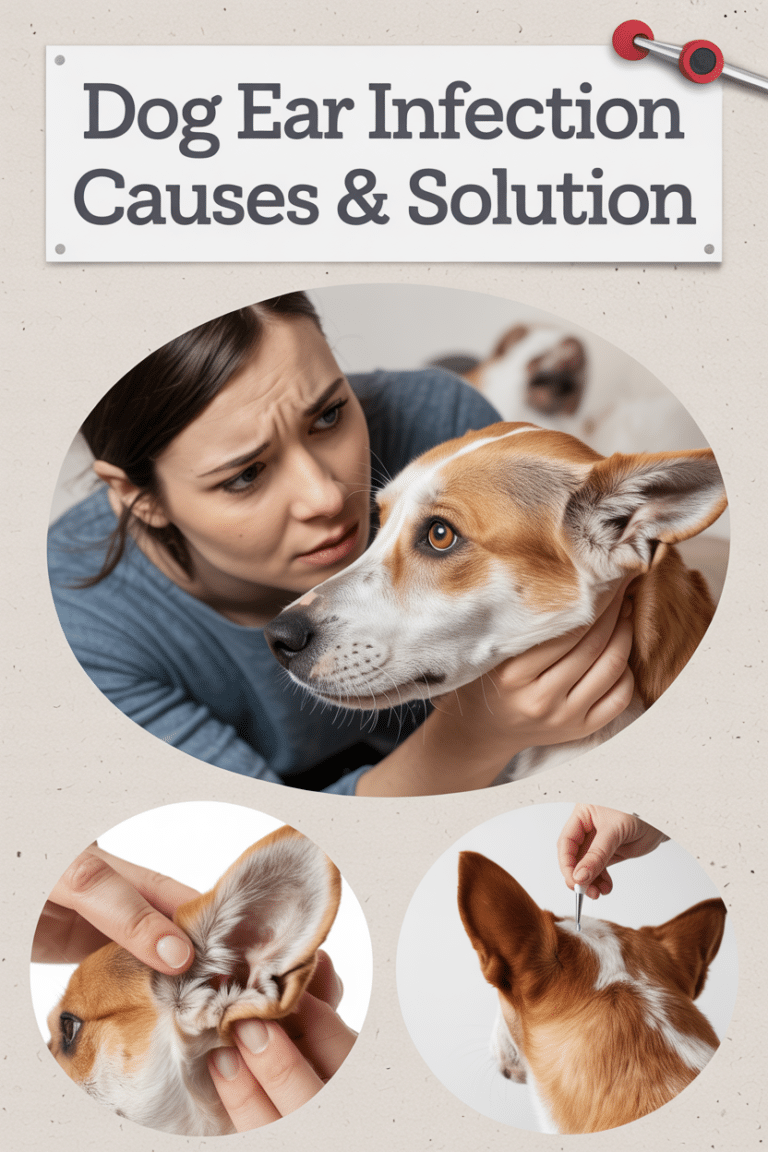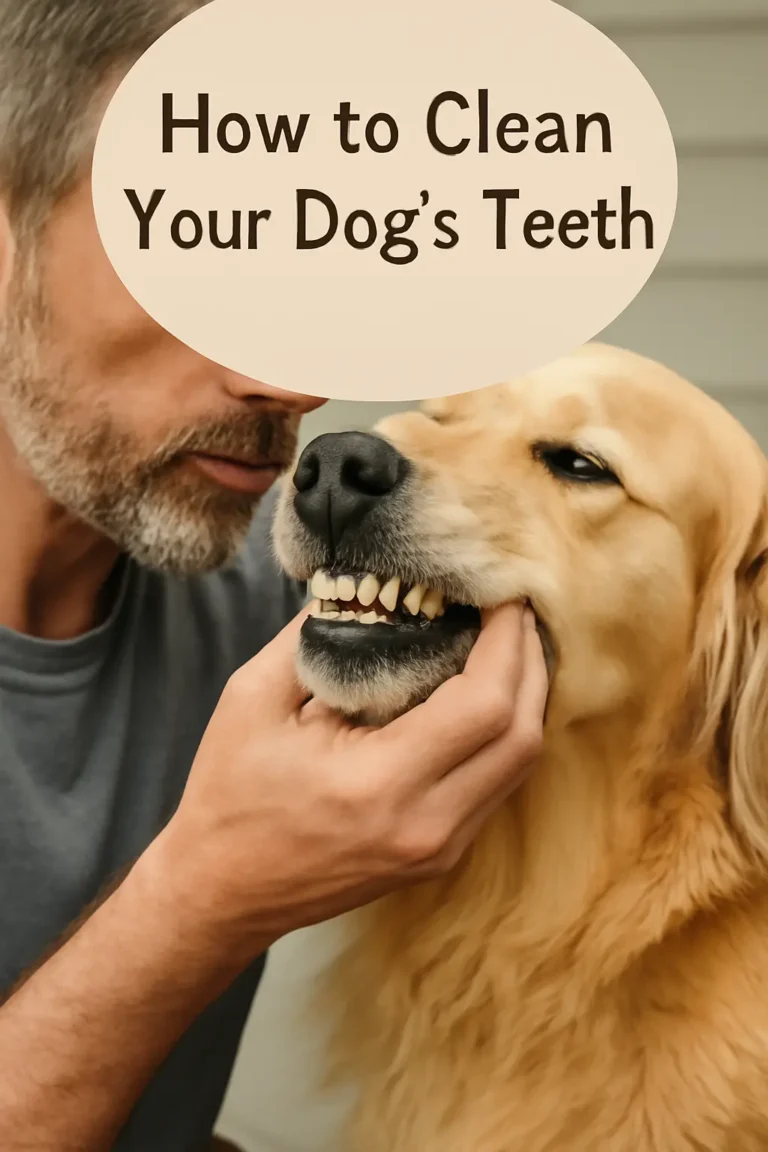Yeast Infection in Dogs: How to Treat It and Help Your Pup Feel Better
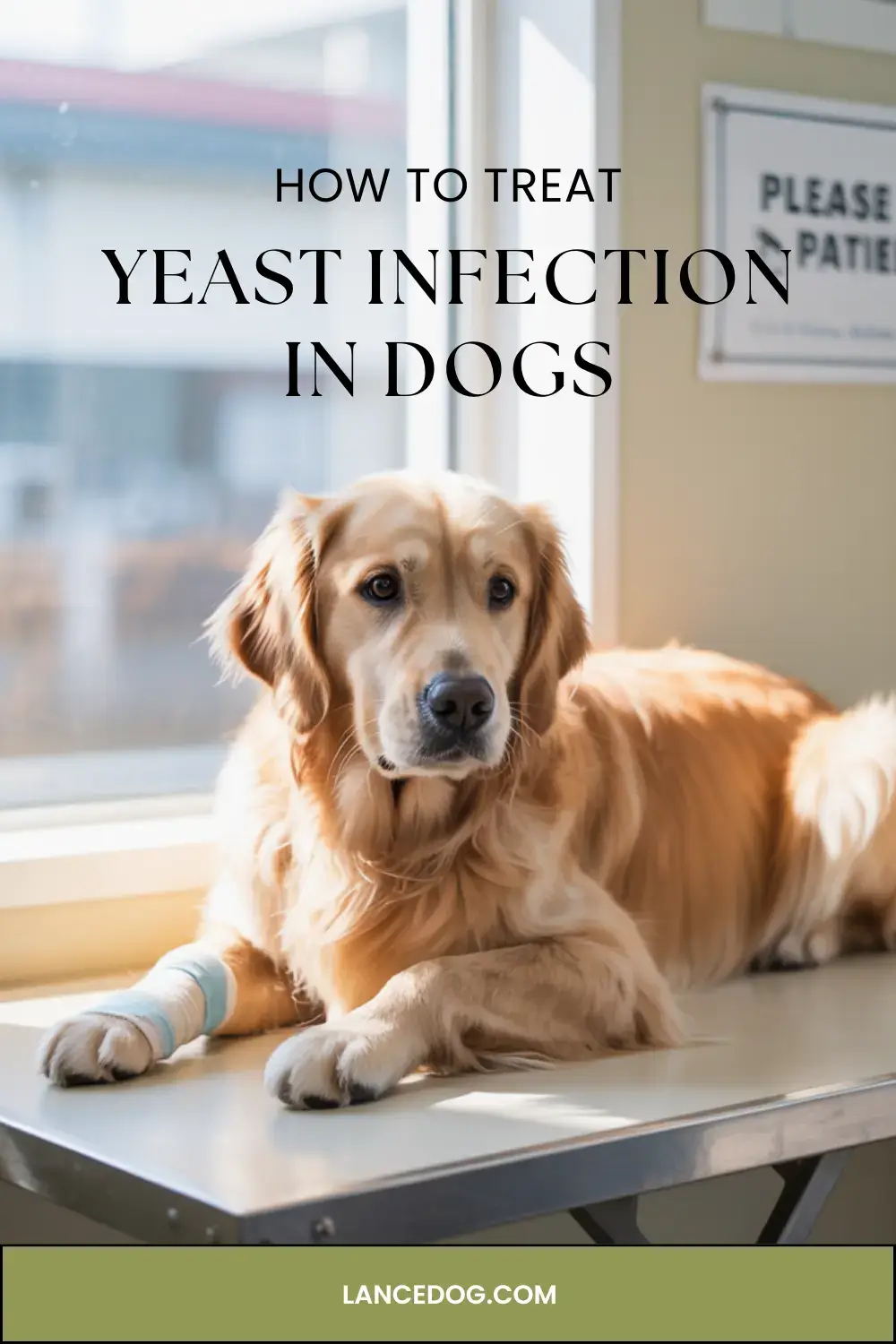
You know your dog. You know the sound of their paws padding across the floor, the look in their eyes when they want a treat, and the way their tail thumps when you say “walk.” So when something feels off—itchy skin, funky smells, or constant scratching—you notice.
If you’re here, chances are you suspect a yeast infection in dogs, or your vet has already confirmed it. Either way, take a breath. It’s common, it’s treatable, and your pup is going to be okay.
Let’s walk through what causes it, what it looks like, and most importantly—how to treat it with love and confidence.
What Is a Yeast Infection in Dogs?
Yeast is a natural part of your dog’s skin, ears, and gut. But when the balance of good and bad bacteria gets disrupted—due to allergies, moisture, medications, or even diet—yeast can grow out of control.
That’s when trouble starts.
A yeast infection in dogs often shows up in warm, moist areas: paws, ears, groin, armpits, and skin folds. It can be uncomfortable, even painful, if left untreated.
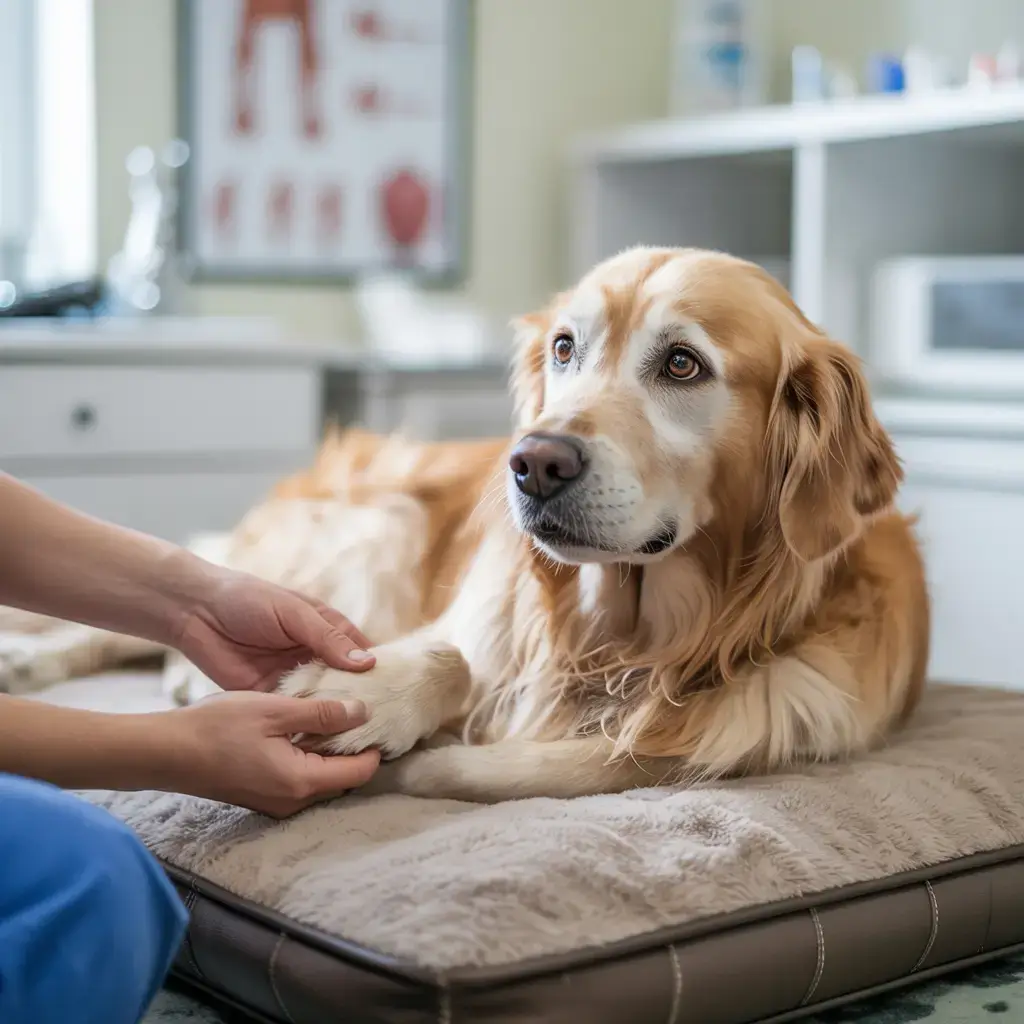
Common Signs to Watch For
If your dog has a yeast infection, you might notice:
- Constant scratching or licking
- A musty, “corn chip” smell
- Red, inflamed, or greasy skin
- Hair loss or thickened skin in patches
- Dark discharge in the ears
- Chewing at their paws
Every dog is different, but if your pup shows more than one of these signs, it’s worth getting checked out.
How to Treat Yeast Infections in Dogs
Here’s the good news: treatment is often straightforward. With a bit of patience and care, most dogs bounce back quickly.
1. Visit the Vet First
Before trying anything at home, get a proper diagnosis. Your vet may perform a skin scrape or ear swab to confirm it’s yeast and not something else, like mites or bacteria.
2. Use Prescription Medications
Depending on severity, your vet might prescribe:
- Antifungal shampoos or wipes
- Topical creams
- Oral antifungal meds (for more serious infections)
- Ear drops if the ears are affected
Follow instructions closely—even if symptoms improve quickly, finish the full course of treatment to prevent recurrence.
3. Keep Things Dry and Clean
Moisture feeds yeast. After baths or playtime, dry your dog thoroughly—especially in those hidden folds and between the toes. Clean ears regularly with vet-approved solutions.
If your dog is a water lover, you’ll need to be extra diligent.
4. Support Their Immune System
A weak immune system or allergies often contribute to a yeast infection in dogs. You can help by:
- Feeding a balanced, high-quality diet
- Avoiding allergens (like grains or certain proteins if they’re sensitive)
- Asking your vet about probiotics or immune-support supplements
Sometimes, managing yeast is as much about the inside as it is the outside.
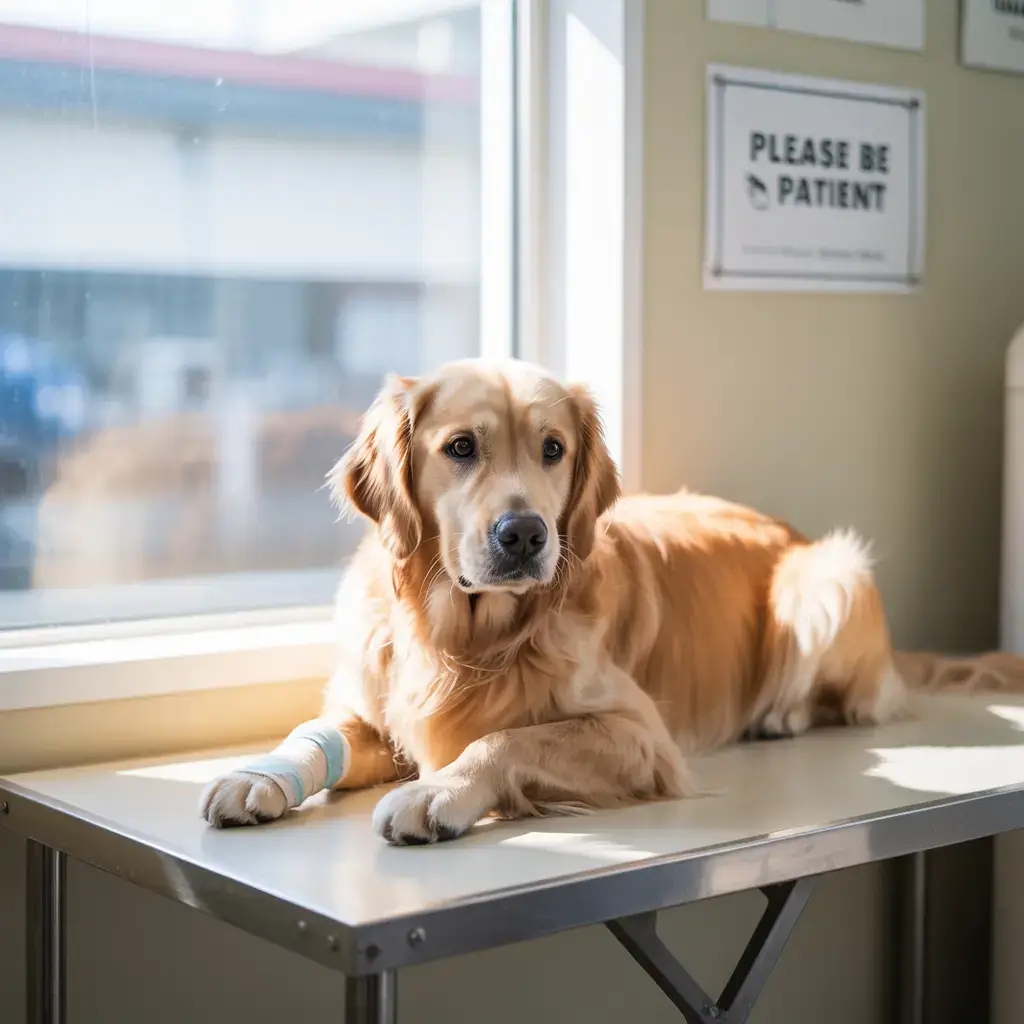
Can It Come Back?
Unfortunately, yes. Yeast infections can be recurring—especially in breeds with floppy ears, skin folds, or allergies. That’s why ongoing care is important. Regular grooming, proper drying, and watching for early signs can help you stay ahead of it.
If your dog keeps getting yeast infections, talk to your vet about possible underlying issues like food sensitivities or hormonal imbalances.
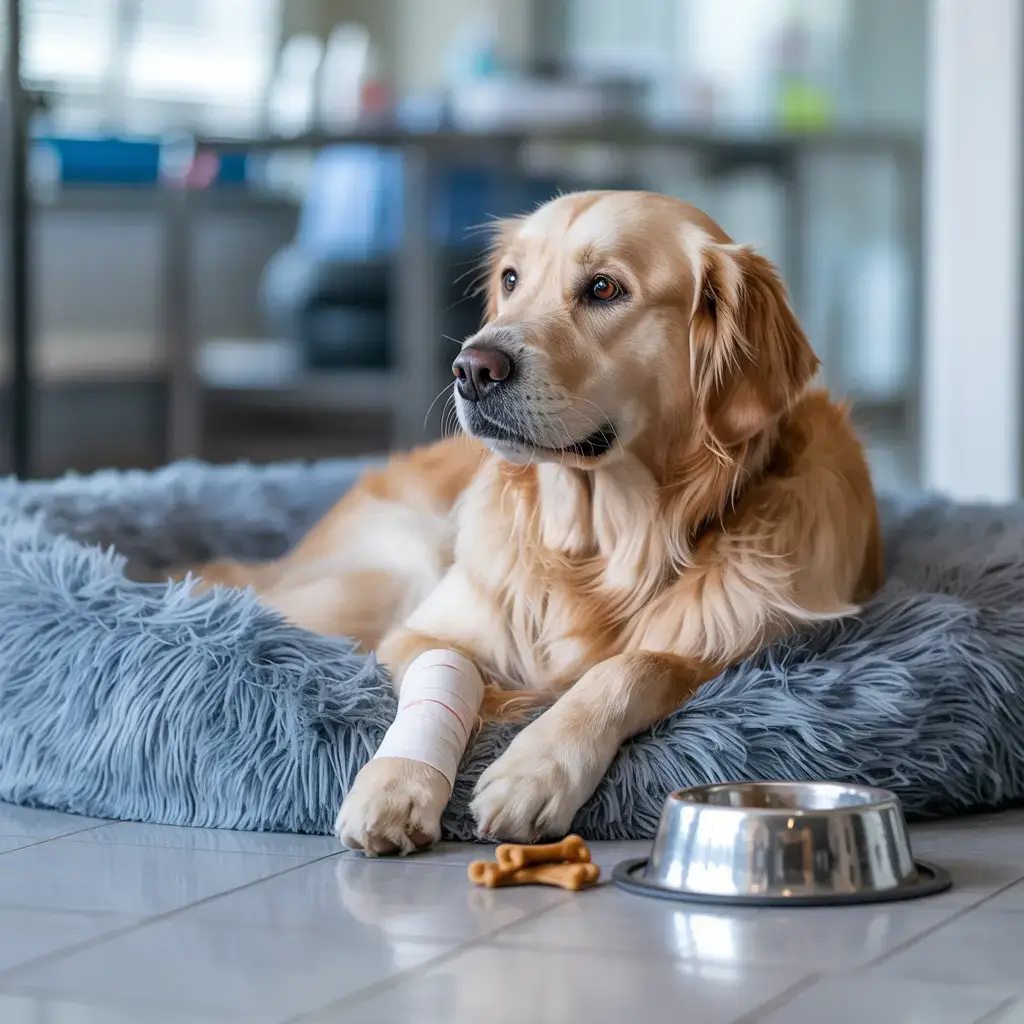
Final Thoughts
Dealing with a yeast infection in dogs isn’t fun—for you or your pup. It can be itchy, frustrating, and even a little smelly. But with the right treatment and a little TLC, it’s something you can manage.
Your dog doesn’t understand what’s happening—they just know something feels wrong. So offer them extra cuddles, keep up with the care, and know that you’re doing your best.
Because healing isn’t just about medicine. It’s about patience, attention, and love. And that’s something you already give in abundance.


